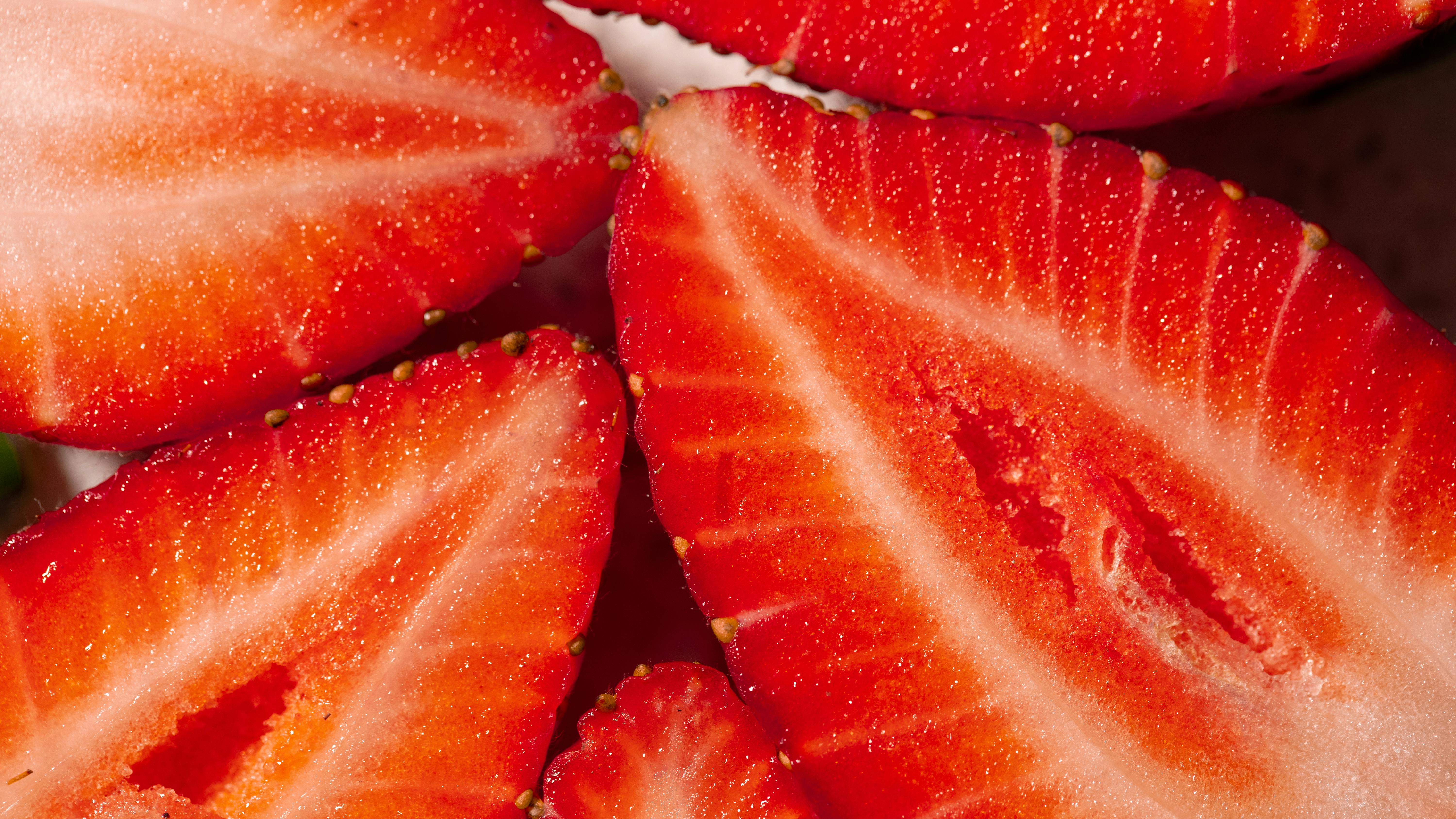
Smart Guide to Diet Dr Pepper vs Dr Pepper Zero
Introduction to Diet Dr Pepper and Dr Pepper Zero
In the world of soft drinks, choices abound, particularly among health-conscious consumers looking for flavorful options that align with their dietary preferences. This article delves into two popular variants of the beloved Dr Pepper: Diet Dr Pepper and Dr Pepper Zero. Understanding their differences can empower consumers to make informed decisions about their beverage choices. With the growing trend toward low-calorie drinks and zero sugar beverages, this comparison outlines the key features, nutritional aspects, and taste profiles of these beverages.
Diet Dr Pepper has been a staple in the diet beverage category since its debut in 1986, promising the same rich flavor of traditional Dr Pepper with fewer calories. Conversely, Dr Pepper Zero, introduced more recently, aims to offer a sugar-free option that enhances the original recipe’s taste. With rising consumer awareness of health trends and a focus on low-sugar soda options, we’ll explore these drinks in depth, evaluating their appeal, potential health effects, and overall market positions.
This guide will highlight essential points for consumers, focusing on soft drink nutrition, taste comparisons, the role of sweeteners, and the impact of branding on consumer choices. Ultimately, we aim to present a thorough comparison of these drinks to help readers navigate the often-confusing soft drink landscape.
Understanding Diet Dr Pepper and Its Ingredients
Diet Dr Pepper is a calorie-free soda that utilizes artificial sweeteners to deliver its signature taste without the caloric burden of traditional soft drinks. The primary sweeteners used include aspartame and acesulfame potassium, which provide sweetness without the calories associated with sugar. One serving typically contains zero calories and is often marketed as a healthier alternative for those managing their caloric intake.
In terms of flavors, Diet Dr Pepper retains the original beverage's unique blend of 23 flavors, which has garnered a loyal following among soda enthusiasts. This product has been marketed as a refreshing alternative for weight watchers and fitness enthusiasts alike, appealing particularly to consumers interested in maintaining a healthy diet.
Additionally, Diet Dr Pepper has a long-standing history, evolving through various marketing campaigns that promote it as a vibrant lifestyle choice. Its brand loyalty is reflective of a generation that values both taste and health consciousness, fostering a community of die-hard fans who continue to advocate for its benefits alongside its unique flavor profile.
The Rise of Dr Pepper Zero & Its Appeal
Dr Pepper Zero was launched to provide a more contemporary sugar-free alternative that strives to replicate the taste of regular Dr Pepper even more closely than its predecessor. With the emergence of more sophisticated taste preferences among consumers, this variant incorporates two primary sweeteners: aspartame and sucralose. This blend aims to create a fuller, richer flavor experience that rivals the sugary original.
For those who prioritize a no-calorie drink that does not compromise on taste, Dr Pepper Zero presents an appealing option. With zero calories per serving, it aligns with ongoing trends toward zero-sugar drinks and low-sugar beverage alternatives. The marketing strategy behind Dr Pepper Zero has effectively positioned it as a modern and relevant option within the competitive soft drink market.
In terms of its popularity, Dr Pepper Zero appeals not only to health-conscious drinkers but also to younger demographics looking for exciting beverage options. This approach speaks to a broader shift in the soft drink industry towards healthier and zero-calorie alternatives that prioritize flavor while minimizing sugar content.
Comparative Taste Profiles: Diet Dr Pepper vs. Dr Pepper Zero
Flavor Comparison Metrics
When it comes to choosing between Diet Dr Pepper and Dr Pepper Zero, the flavor profile is often at the forefront of consumer preferences. Taste tests conducted in various research studies often reveal subtle differences between the two, primarily driven by the unique sweetener combinations.
Many consumers report that while both products maintain the signature Dr Pepper flavor, Dr Pepper Zero tends to offer a bolder taste, primarily because the combination of aspartame and sucralose might evoke a more extensive taste experience that is closer to regular Dr Pepper. In contrast, Diet Dr Pepper often receives remarks on its lighter sweetness, which can sometimes be perceived as less intense.
Blind taste tests typically highlight the preference for Dr Pepper Zero among younger consumers, who are inclined toward Full-flavored options but still want to avoid sugar. Anecdotal evidence suggests that flavor perception may vary significantly across demographics, where age and lifestyle preferences influence the choice of soft drink.
Consumer Preferences and Trends in Soda Choices
Consumer preferences are shifting dramatically in the soft drink market. Health trends play a crucial role in the ongoing popularity of Diet Dr Pepper and Dr Pepper Zero. As awareness of sugar intake grows, consumers are increasingly inclined to choose drinks that align with low-caloric goals. Recent surveys have shown a marked preference for zero-calorie beverages, reinforcing the appealing positioning of products like Dr Pepper Zero.
Moreover, marketing strategies for both beverages have adapted to highlight their benefits to health-conscious consumers. Campaigns focusing on hydration and refreshment emphasize flavor while educating consumers about sugar substitutes. This strategy effectively attracts a broader audience, fostering loyalty to both drinks based on their health-conscious claims and community engagement.
Consumer behavior analyses reveal that repeat purchases are heavily influenced by perceived taste and health benefits. As such, brands continuously work on flavor enhancements to keep pace with changing consumer demands, which has given rise to innovative marketing strategies focusing on the emotional connections consumers have with their drink choices.
Soda Nutrition: What Should You Know?
Nutritional Profiles Compared
When evaluating Diet Dr Pepper and Dr Pepper Zero, consumers must consider the nutritional content and detailed ingredient listings. Both options are marketed as no-calorie choices, yet there are nuances to their composition worth noting. Both beverages provide no fats, no sugars, and negligible carbohydrates. However, questions about the long-term health effects of artificial sweeteners remain a prevalent concern.
In a world that increasingly scrutinizes the role of artificial sweeteners, transparency in soda labeling becomes paramount. This scrutiny invites discussions about health implications, point-of-purchase education, and consumer choices regarding sweeteners. Ingredients like aspartame and sucralose, while recognized as safe by regulatory agencies, continue to be topics of debate in health circles, thus shaping preferences for one product over the other.
Understanding the nutritional profile of these drinks can contribute to making healthy hydration choices. Both alternatives may serve as companions in weight management efforts. Nevertheless, consulting with health professionals regarding concerns over artificial ingredients remains a best practice for informed consumers navigating these choices.
Health Implications and Recommendations
With the rise of diet soft drinks like Diet Dr Pepper and Dr Pepper Zero, awareness around the health effects of non-caloric beverages becomes crucial. Studies continue to explore the impact of artificial sweeteners on health, pointing out potential benefits and concerns regarding weight management, metabolism, and overall health.
Many experts recommend moderation when consuming diet sodas. Transitioning towards healthier hydration options, such as flavored waters or herbal teas, can provide essential nutrients while satisfying cravings for sweet flavors without the caloric load.
For those who enjoy the carbonated texture, integrating a mix of these sodas alongside healthier choices can create balance in consumption habits while still allowing for enjoyment. Elevating choices with creativity—such as utilizing these sodas in mocktails or other refreshing beverage recipes—can enhance their value beyond mere refreshment.
Soda Varieties: Understanding the Market Landscape
Soft Drink Industry Trends
The soft drink industry is experiencing dynamic changes, driven by evolving consumer preferences for health-conscious options like Diet Dr Pepper and Dr Pepper Zero. With the increasing availability of flavored waters and other low-calorie drink alternatives, manufacturers must adapt to consumer demands for variety and innovation. The expansion of flavored drinks offers opportunities to explore new taste sensations while accommodating preferences for lighter, non-caloric refreshment options.
Moreover, the rise of social media has transformed how consumers engage with beverage brands. Marketing strategies centered around authentic community engagement and user-generated content are becoming powerful tools for driving brand loyalty and informing consumers about different product offerings, including comprehensive comparisons of soda flavor profiles.
In a market that frequently emphasizes health trends, innovations within the beverage sector aim to sustain consumer interest and satisfaction. Data shows that as consumers increasingly seek out refreshing soft drinks, brands are tasked with delivering compelling flavor innovations that resonate well with the ever-changing landscape of drink preferences.
Comparative Studies and Consumer Insights
Comparative studies on beverage preferences shed light on the factors influencing consumer choices between traditional and diet soft drinks. Studies often reveal that taste perceptions, health consciousness, and marketing efficacy contribute significantly to drink selections. Understanding the nuances of consumer behavior can empower brands to innovate and cater to diverse target audiences.
Insights from focus groups reveal a clear trend toward younger consumers favoring both Diet Dr Pepper and Dr Pepper Zero for their flavor variety. While brand loyalty often stems from long-established relationships, newer generations are increasingly curious about flavor comparisons and differing ingredients, leading to shifts in purchasing decisions.
By analyzing consumer insights, brands can further refine their marketing strategies to present Diet Dr Pepper and Dr Pepper Zero as not just sodas, but lifestyle beverages that complement health and wellness ambitions, thereby improving overall satisfaction and engagement.
Conclusion: Making Informed Choices
As we navigate the world of soft drinks in 2025, understanding the differences between Diet Dr Pepper and Dr Pepper Zero equips consumers to make informed choices that align with their health goals. Both options present distinct benefits, and their appeal extends beyond just immediate refreshment to broader patterns of consumer behavior and preferences in the beverage industry.
Ultimately, selecting the right drink, whether for calorie control or taste preferences, underscores the importance of education around beverage consumption patterns. Embracing the options available, learning about ingredients, and understanding their implications on health can lead to more fulfilling choices in a market increasingly focused on consumer well-being.
 example.com/image2.png
example.com/image2.png
 example.com/image3.png
example.com/image3.png